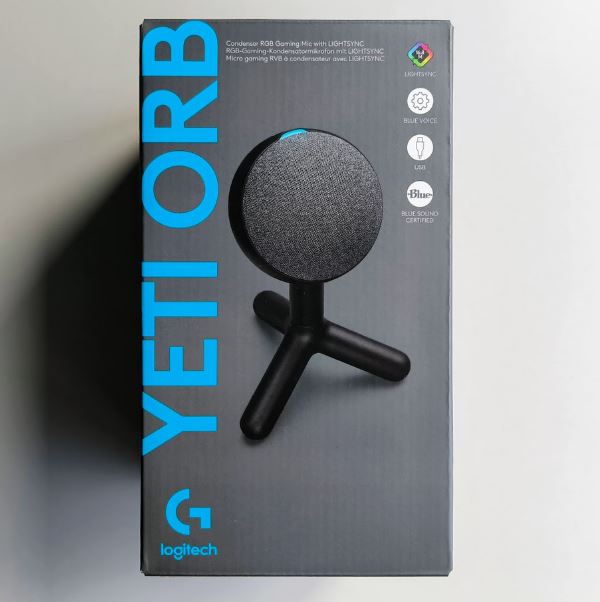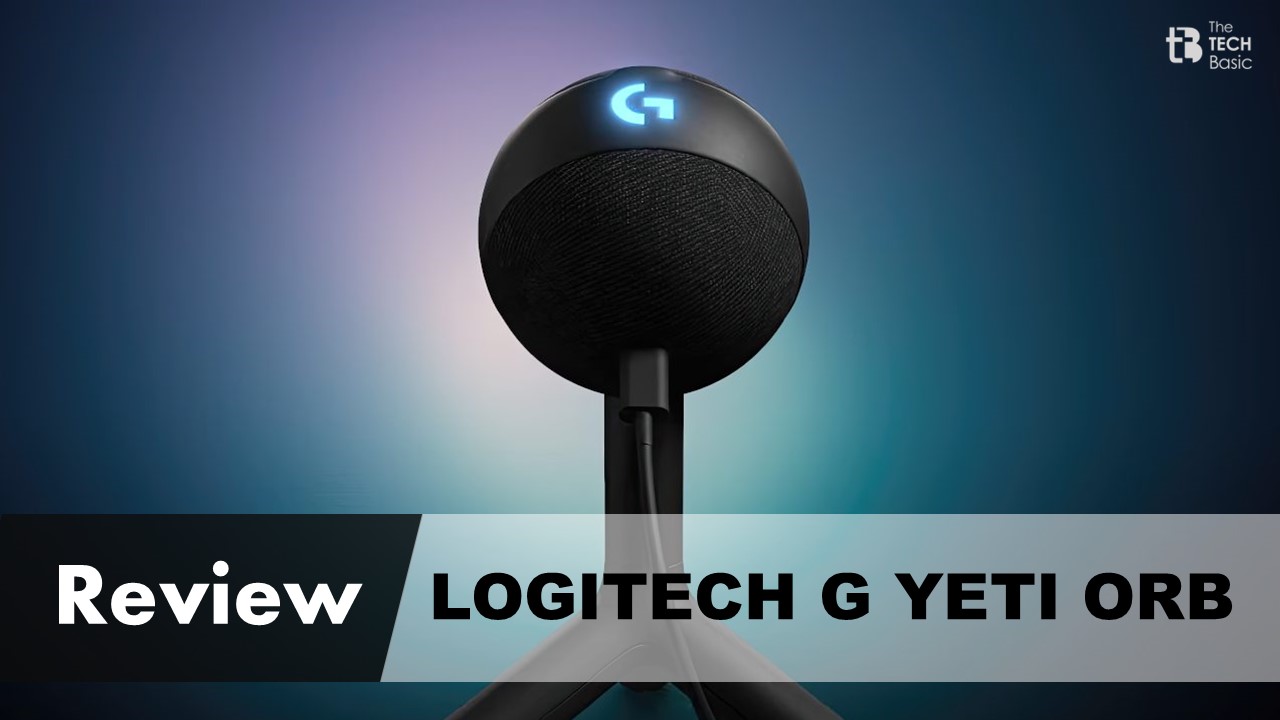This time, we received the successor to the Snowball, the Logitech G Yeti Orb microphone, for review. The Logitech G Yeti Orb microphone is relatively simple, but its price is quite affordable. However, I must say that competitors in this price range often offer better solutions.
Please follow us on Facebook and Twitter.
Technical Specifications
| Feature | Specification |
| Type | Cardioid Condenser Microphone |
| Sample Rate | 24-bit / 48 KHz |
| Frequency Range | 70 Hz – 20 KHz |
| Max SPL | 117 dB (THD 1% kHz) |
| Signal to Noise Ratio | 72 dB |
| Connection | USB Type-C to USB Type-A |
| Additional Features | RGB Lighting with LIGHTSYNC and ¼” screw mount |
| Dimensions | 196 x 115 x 115 mm, 230 g |
| Price | $54.99 |
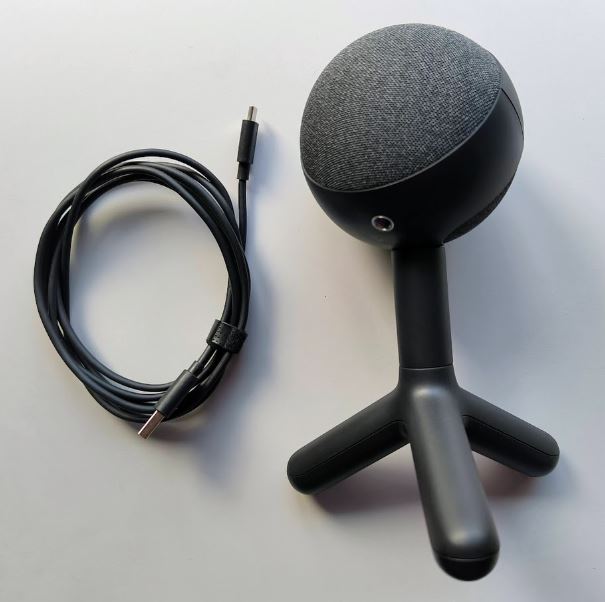
Appearance And Build
You can see that Logitech has had a hand in the creation of the G Yeti Orb – it incorporates some tricks from the Logitech G brand. However, it should be noted that behind the attractive packaging lies a truly entry-level USB microphone.
The Logitech G Yeti Orb stands about a handspan tall when on its plastic stand. The microphone’s spherical body fits comfortably in a large hand and looks stylish from a distance. Of course, it wouldn’t be a Logitech G product if this small device wasn’t equipped with RGB LED lighting, which I find somewhat unnecessary. Instead of the cost of the RGB LED lighting, I would have preferred Logitech to offer better build materials or perhaps even a 3.5 mm headphone jack on the microphone itself.
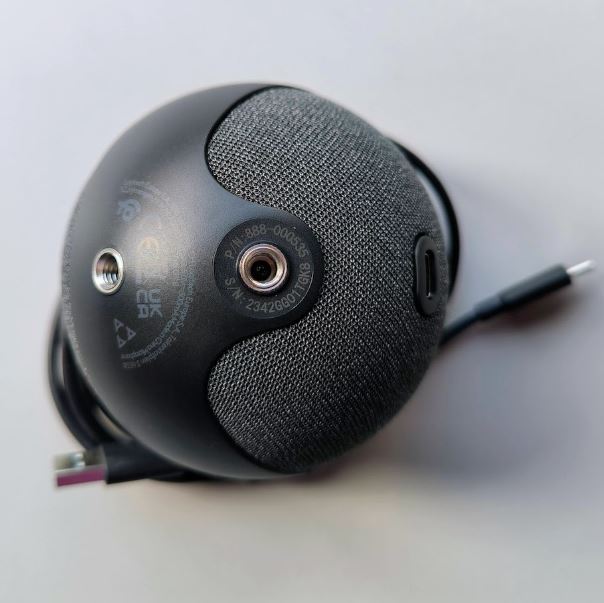
On the so-called bottom of the Logitech G Yeti Orb, there are two ¼” screw mount points (one for positioning the microphone at roughly a 30-degree upward angle, the other for having it face directly forward). On the back, there is a USB Type-C port. At the top, there’s an illuminated Logitech G logo and an RGB LED light strip on the front.
In my opinion, the materials used are borderline acceptable, considering the price of the Logitech G Yeti Orb. It feels like a quarter of the microphone’s cost went into the RGB LED lighting and packaging materials. The fabric elements are of somewhat reasonable quality, but the plastic is quite poor. The plastic on the microphone itself is uneven, with varying texture and color. The plastic stand is very short and almost useless for making any decent recordings.
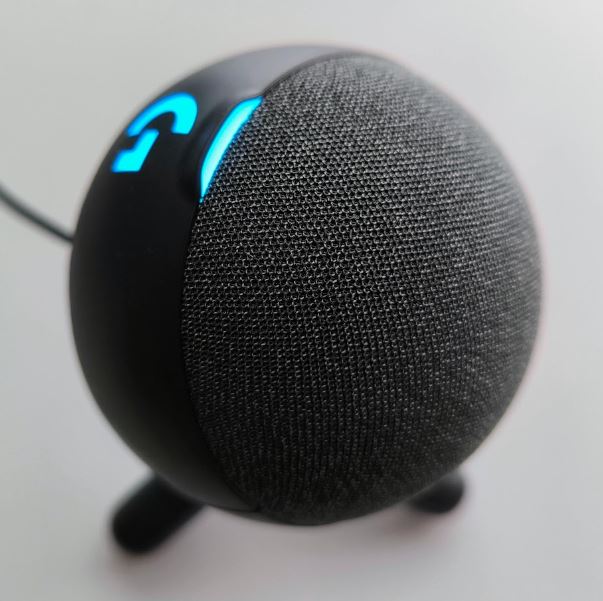
Yes, the price of the Logitech G Yeti Orb isn’t high, but considering the build quality, I would rate it at best a 3 out of 10. Competitors, like the Razer Seiren V2 X that we use daily for our podcast, cost about the same, but it features a metal stand, metal grille, and also a 3.5 mm headphone jack.
Software
The Logitech G Yeti Orb comes with Logitech G Hub software, which mainly handles firmware updates for the microphone, RGB LED lighting, and sound settings. If you prefer, you don’t have to install the software on your computer, or you can use it only to check for firmware updates occasionally.
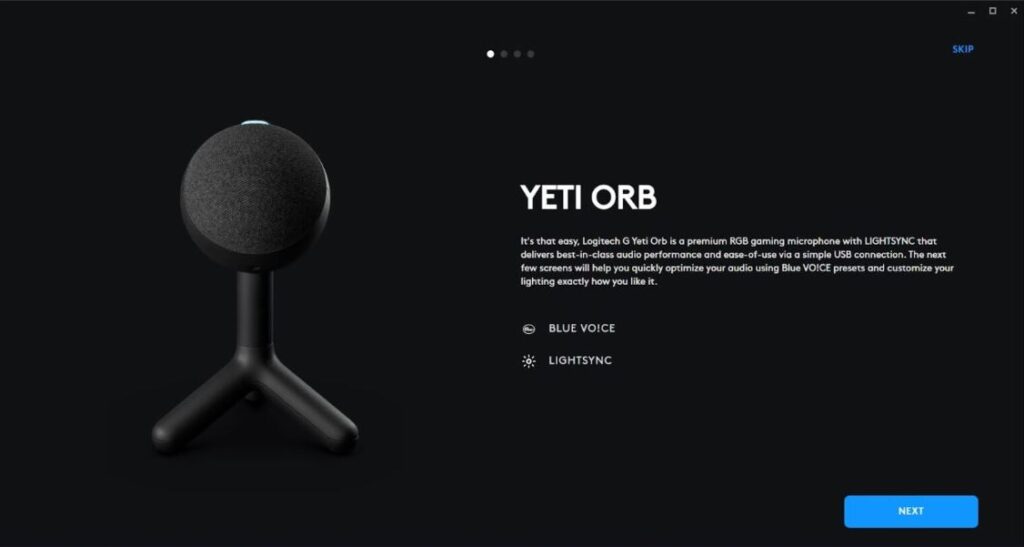
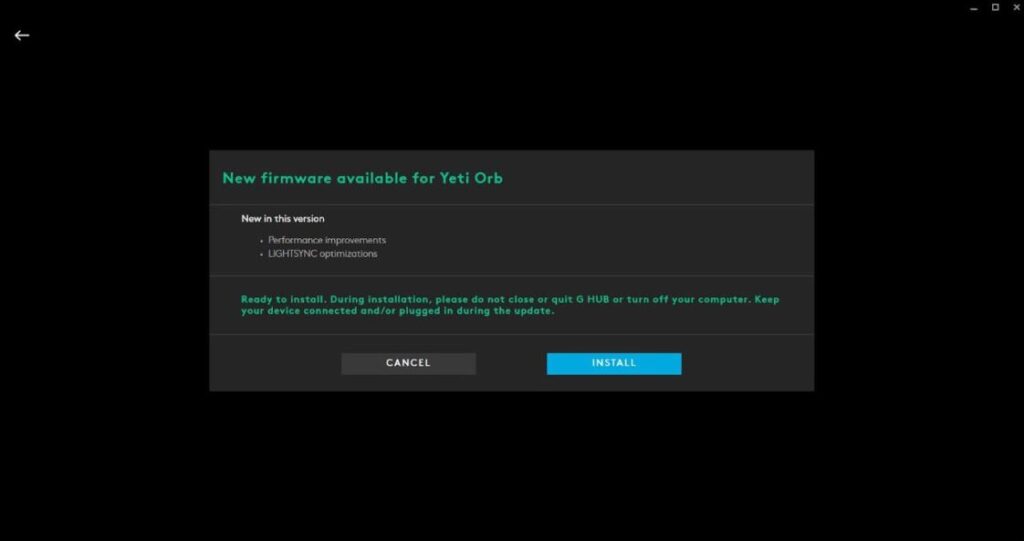

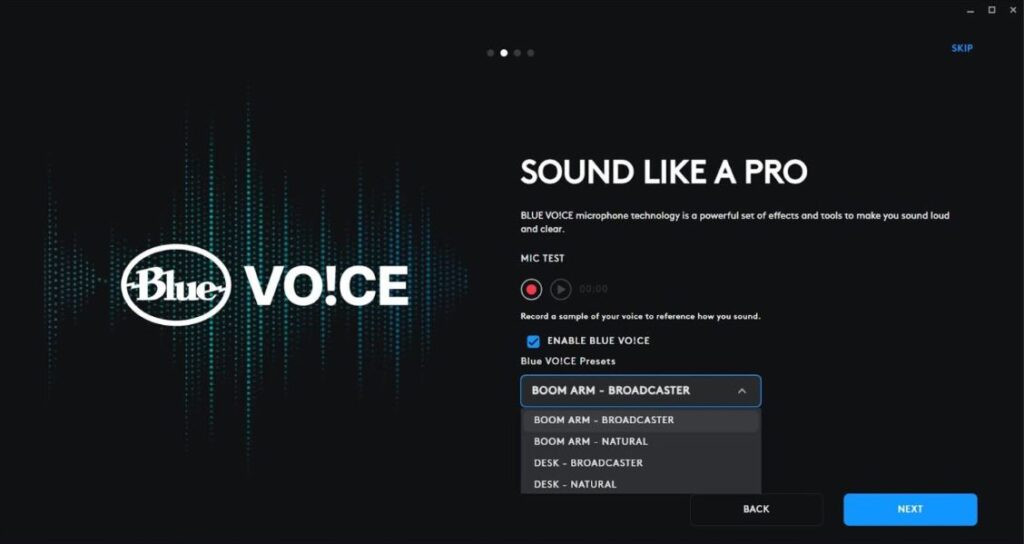
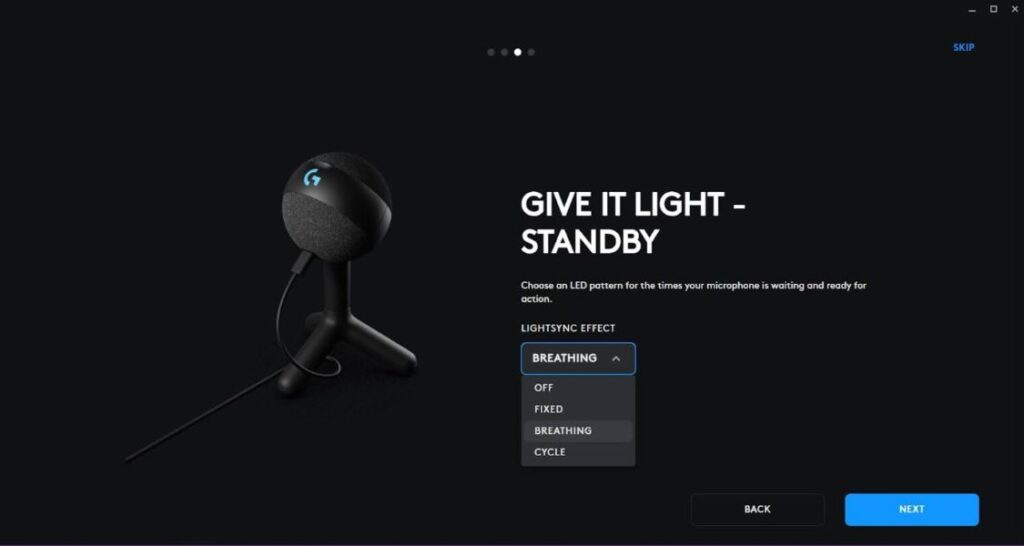
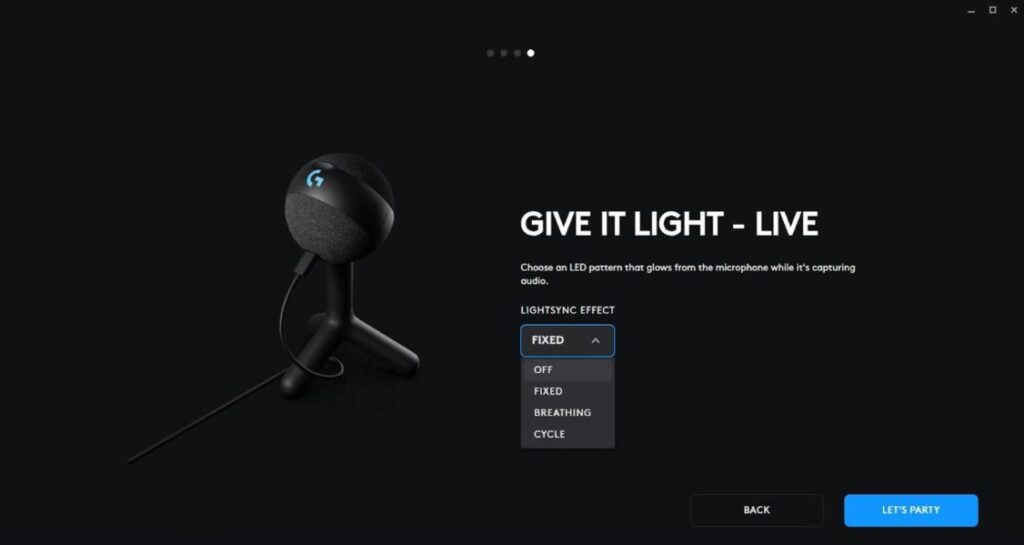
I must honestly say that for a microphone as inexpensive and conceptually simple as the Logitech G Yeti Orb, this software and its features seem too extensive and unnecessary. For beginners, it might even be overwhelming.
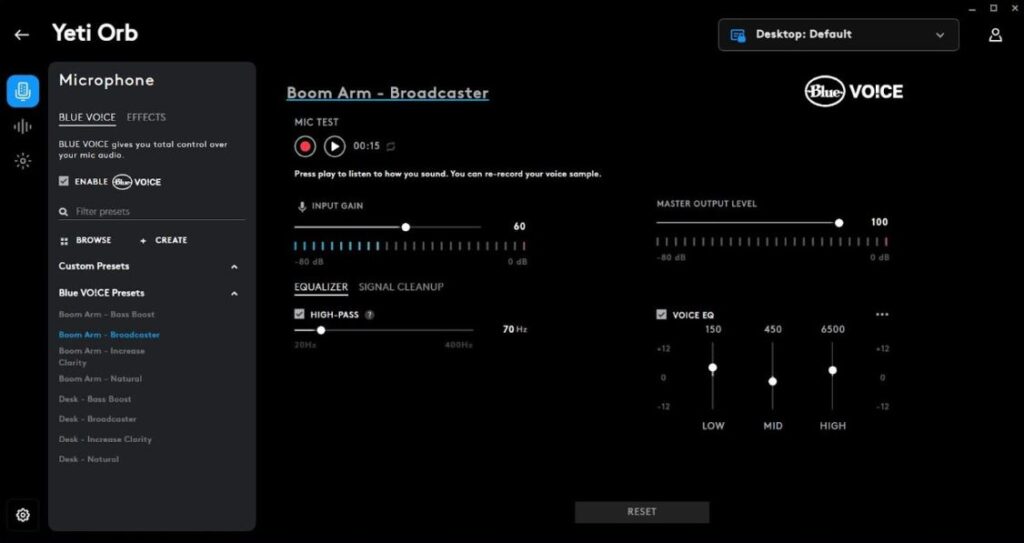
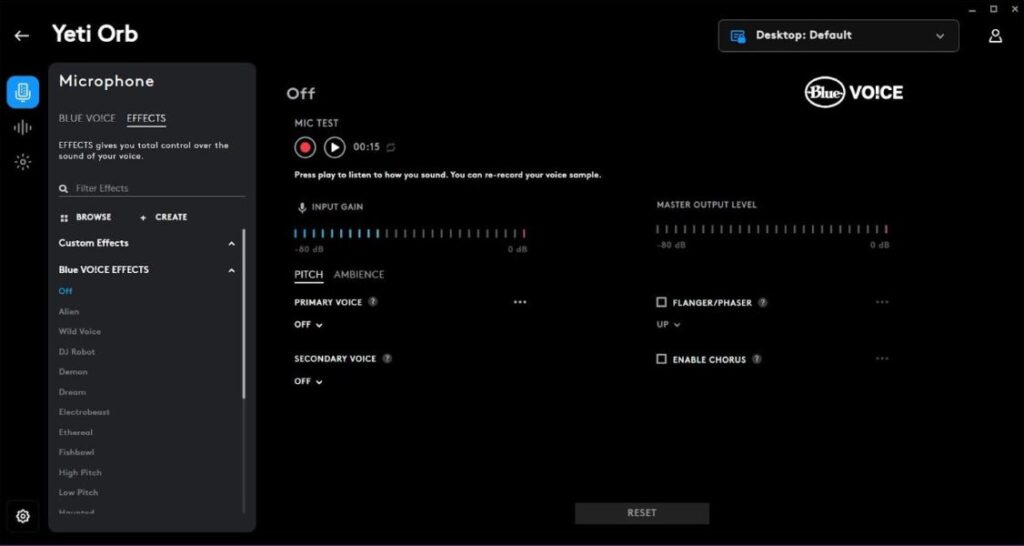
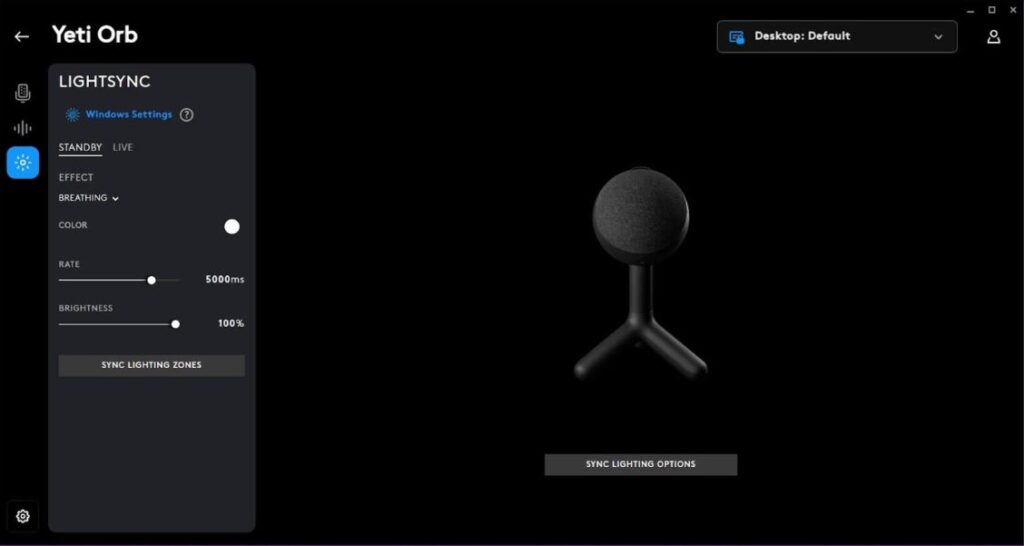
The best feature of Logitech G Hub is probably the ability to record a small sample of your voice, which can then be adjusted using Blue’s sound settings. This feature has been available in Logitech software for a while and is incredibly convenient for customizing your sound.
Sound
I considered trying the Logitech G Yeti Orb for one of the Kursor podcast recordings but decided against it because this microphone lacks the basic ability to connect headphones, which would allow you to hear your voice without any delay or processing. Of course, you can still use the Logitech G Yeti Orb for recording sound, communicating with teammates or opponents in games, but for podcasts, I can’t recommend the Logitech G Yeti Orb.
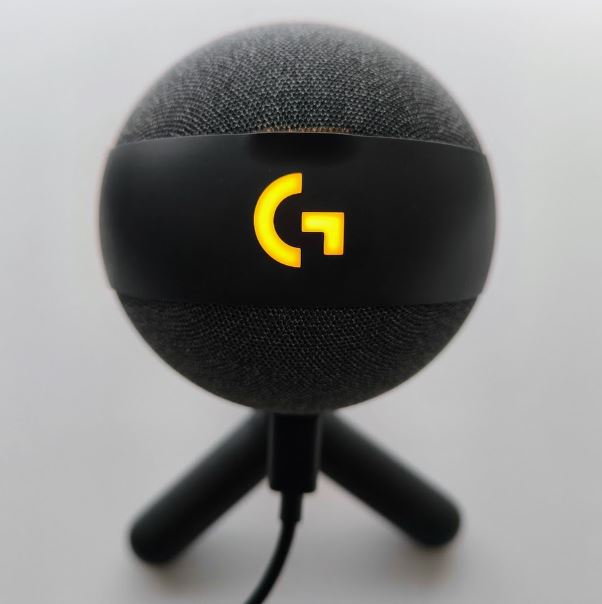
It’s also worth mentioning that the Logitech G Yeti Orb sounds noticeably weaker than the similarly priced Razer Seiren V2 X. Before recording the podcast, Kristaps and I managed to compare the Logitech G Yeti Orb and the Razer Seiren V2 X side by side, and the latter immediately sounded much more convincing and livelier, even through Google Meet. While you can improve some aspects using the Logitech G Hub app, not all shortcomings can be fixed this way.
Conclusion
This time, I’m not particularly impressed with the Logitech G Yeti Orb. It’s designed as an entry-level microphone, but at the same time, it has been unnecessarily made more difficult to use by omitting a 3.5 mm headphone jack, and I find the software to be overly complex for the microphone’s capabilities. How much would it have cost to include that essential 3.5 mm headphone jack for sound monitoring and hearing your voice? Would adding a 3.5 mm jack suddenly cause the Logitech G Yeti Orb to compete with the significantly more expensive and feature-rich Yeti microphone models?
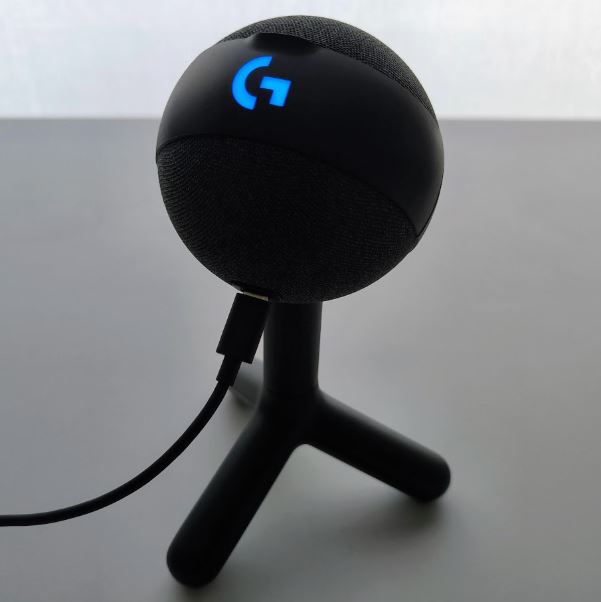
On its own, the Logitech G Yeti Orb sounds (records) quite decently, but I noticed some issues when using the built-in sound effects in the Logitech G Hub. The sound occasionally stuttered, and the volume fluctuated at times, which is unacceptable and renders the sound enhancement features in Logitech G Hub, which carry the Blue name, unusable.
